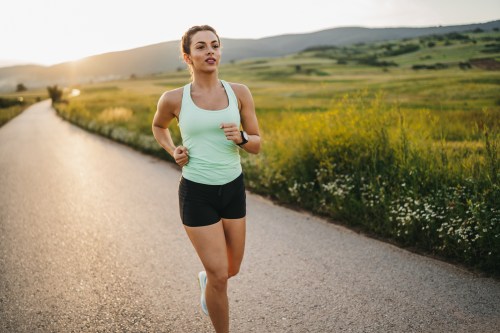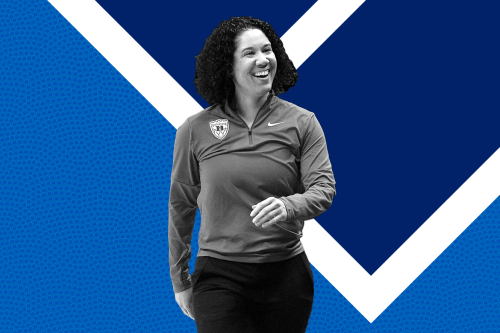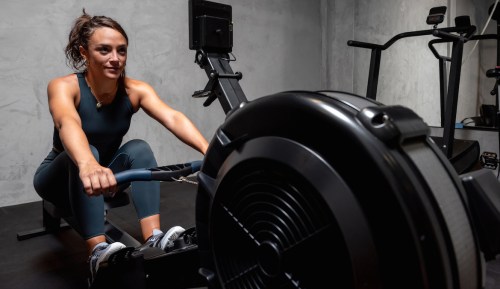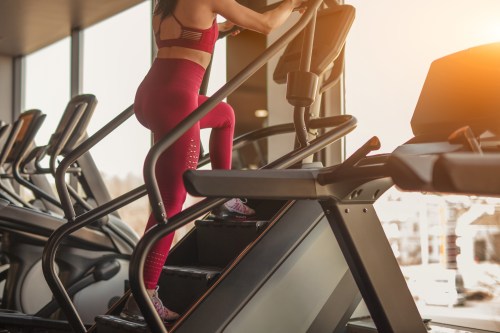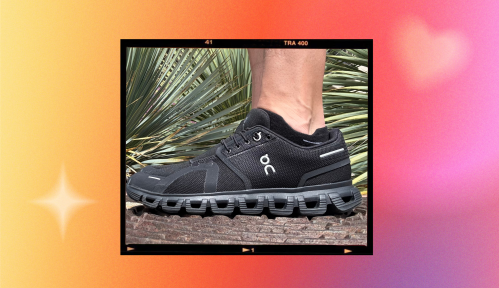Our editors independently select these products. Making a purchase through our links may earn Well+Good a commission
“A wakeup call.” That’s what What the Wellness host Ella Dove dubbed her heart rate monitor in our latest episode. We called it in our 2020 trends report: Your health is now really in the palm of your hands (and on your wrist). Thanks to new innovations in wearable technology, we can now track everything from our sleep to our menstrual cycles. But though our wearables have leveled up from run-of-the-mill step counters (I mean, you can now use your FitBit to pay for your coffee), the original metric that they set out to track from the beginning—your heart rate—is still the most important one of all.
To show us why, Dove tested an Apple Watch ($329) over the course of a month—and during three very different fitness classes—to see what it would tell her about her fitness levels. But why is this intel worth keeping track of, in your workouts and beyond? “In general, your heart rate gives you an overall picture of your health and wellbeing, and tells you how good your cardiovascular fitness is,” says cardiologist Jennifer Haythe, MD. And one metric worth watching, in addition to your maximum and average hart rate, is your heart rate variability.
Heart rate variability (or “HRV”) is determined by the amount of time between heartbeats. Doctors at Harvard Health explain that this metric is important because having a high HRV or a lot of variation in the time between heartbeats correlates positively with having good cardiovascular fitness. Low HRV, on the other hand, could signal that your body is stressed.
So what did Dove learn by having this particular data within her reach? Watch the video above to find out how to get smart with your tracking.
Oh hi! You look like someone who loves free workouts, discounts for cutting-edge wellness brands, and exclusive Well+Good content. Sign up for Well+, our online community of wellness insiders, and unlock your rewards instantly.
Sign Up for Our Daily Newsletter
Get all the latest in wellness, trends, food, fitness, beauty, and more delivered right to your inbox.
Got it, you've been added to our email list.

